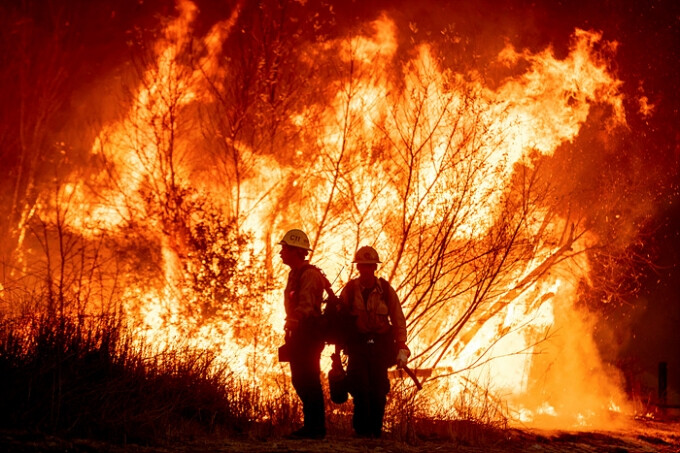
Supercomputer Analysis Reveals 14% Increase in Burned Area per 1 Degree Celsius Rise
A research team from the Institute for Basic Science (IBS) has found a correlation between rising global temperatures and increased wildfire damage. Using the supercomputer 'Aleph', the team analyzed the interactions of various wildfire-related variables and discovered that for every 1 degree Celsius increase in global temperature, the area of Earth lost to wildfires each year increases by 14%.
Key Factors: Vegetation Growth and Humidity Changes
The simulation identified vegetation growth and changes in global humidity as the primary drivers of wildfires. While lightning strikes, which also increase with rising temperatures, were found to have a relatively minor impact on large-scale wildfires.
High-Risk Regions: Africa, Australia, Western US, and More
Regions expected to experience more severe wildfires due to climate change include Central and Southern Africa, Madagascar, Australia, parts of the Mediterranean, and the Western United States.
New Discovery: Wildfire Smoke's Cooling Effect
The research team also made a new discovery, revealing that smoke from wildfires can reduce sunlight penetration, leading to localized temperature drops. However, the impact of smoke on cloud formation remains uncertain, requiring further investigation.
Potential Underestimation of Arctic Wildfires, Further Research Needed
While the study contributes to global wildfire prediction, the team suggests that it may have underestimated the impact of Arctic wildfires and calls for further research in this area.
[Copyright (c) Global Economic Times. All Rights Reserved.]






























